Scissor sisters: Inside the queer-affirming hairdresser boom
To celebrate the launch of the photo project ‘The Queer Hairstyle Guide’, GAY TIMES explores the power of a queer-affirming haircut.
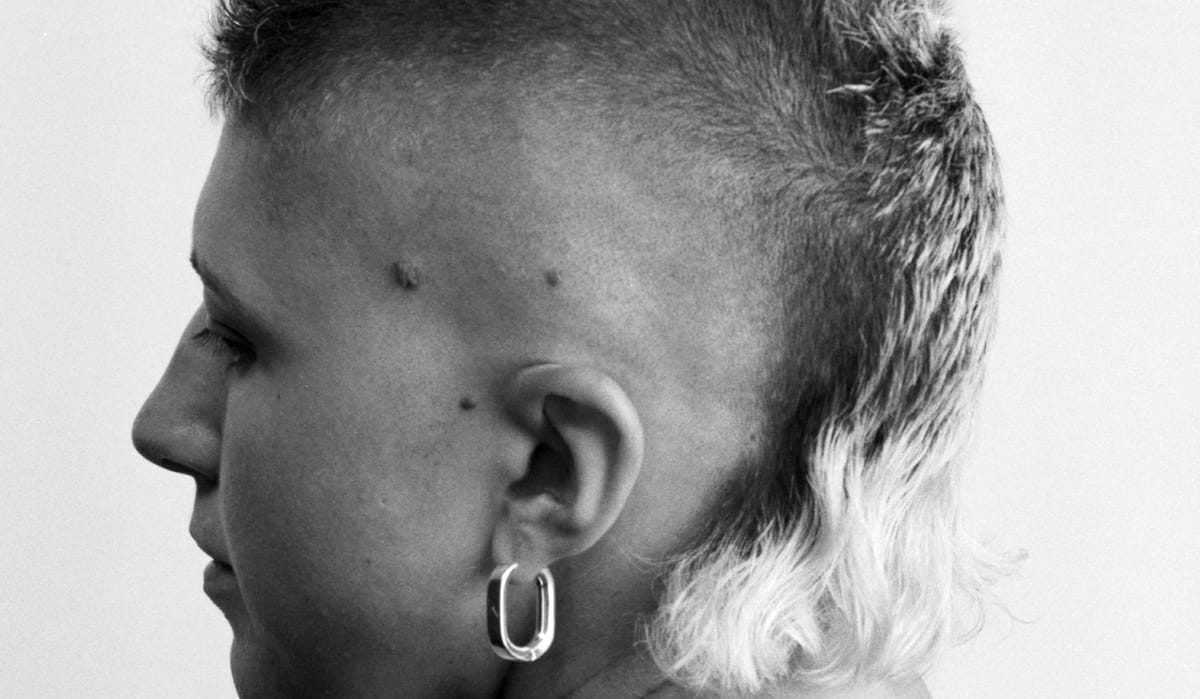
Ask any queer person and they’ll confirm: hair is kind of a big deal. Whether you’re rocking a mullet, an undercut, a buzzcut or ass-length extensions, your tresses are a fundamental form of queer expression. With the power to affirm your identity, or telegraph your sexuality to others in the community, it’s never just about hair: it’s about being yourself.
The cut can take a range of guises but, rather than respond to the broader trend cycle, it serves as an opportunity to centre the individual. Well, at least that’s what the community members I spoke to for this article explained, in rather enthusiastic fashion.
As they tell it, whether it’s taking control of your own look (“I cut my own hair every four days at home, always fresh and tight!”), engaging in some queer camouflage due to your day job (“As a sex worker, queer-affirming hair to me is something that can be styled femme for clients and then made more me afterwards”) or adopting a traditionally queer-coded style (“A clean cut on the sides”), there are so many different ways to explore hair as a queer person.
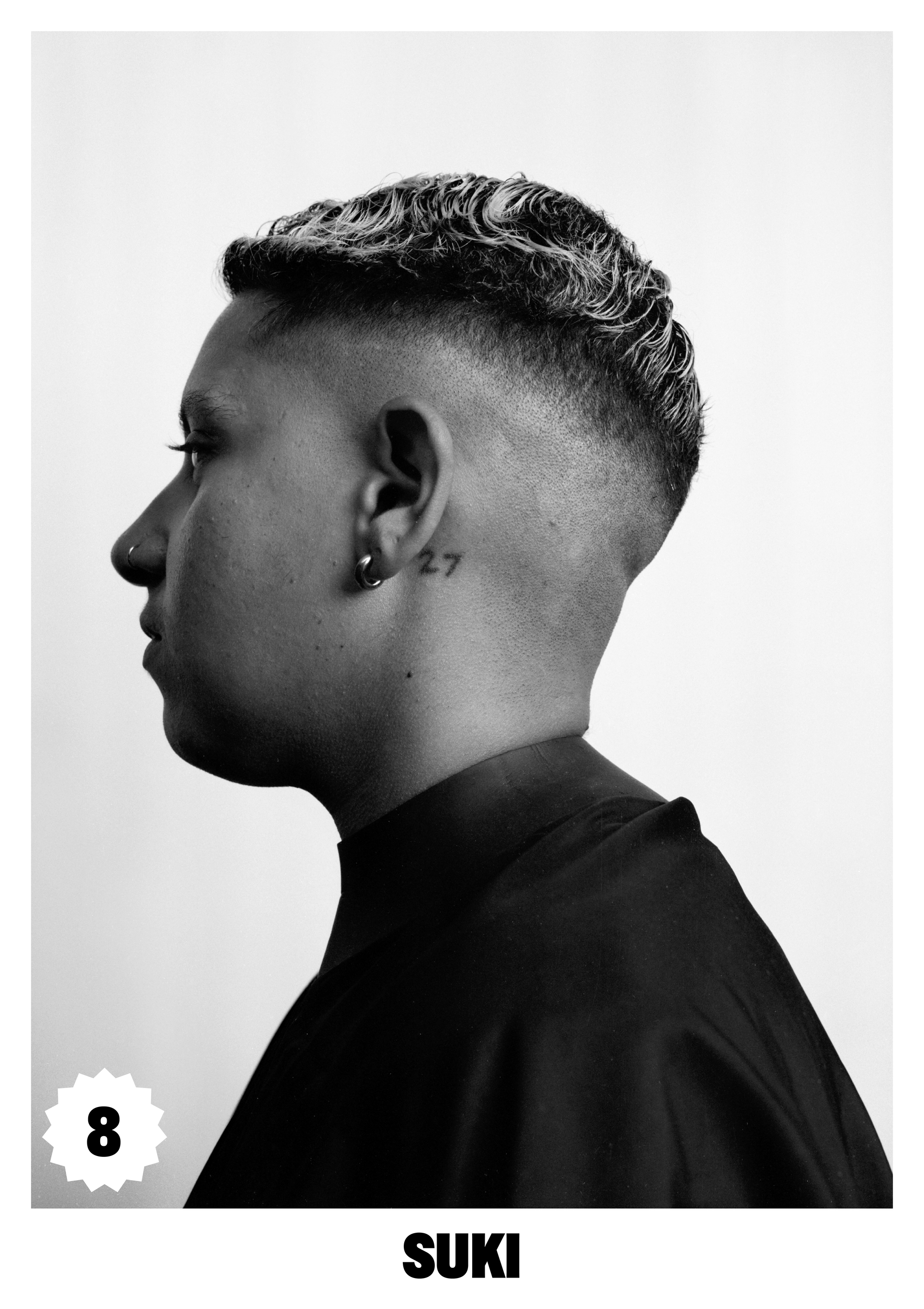
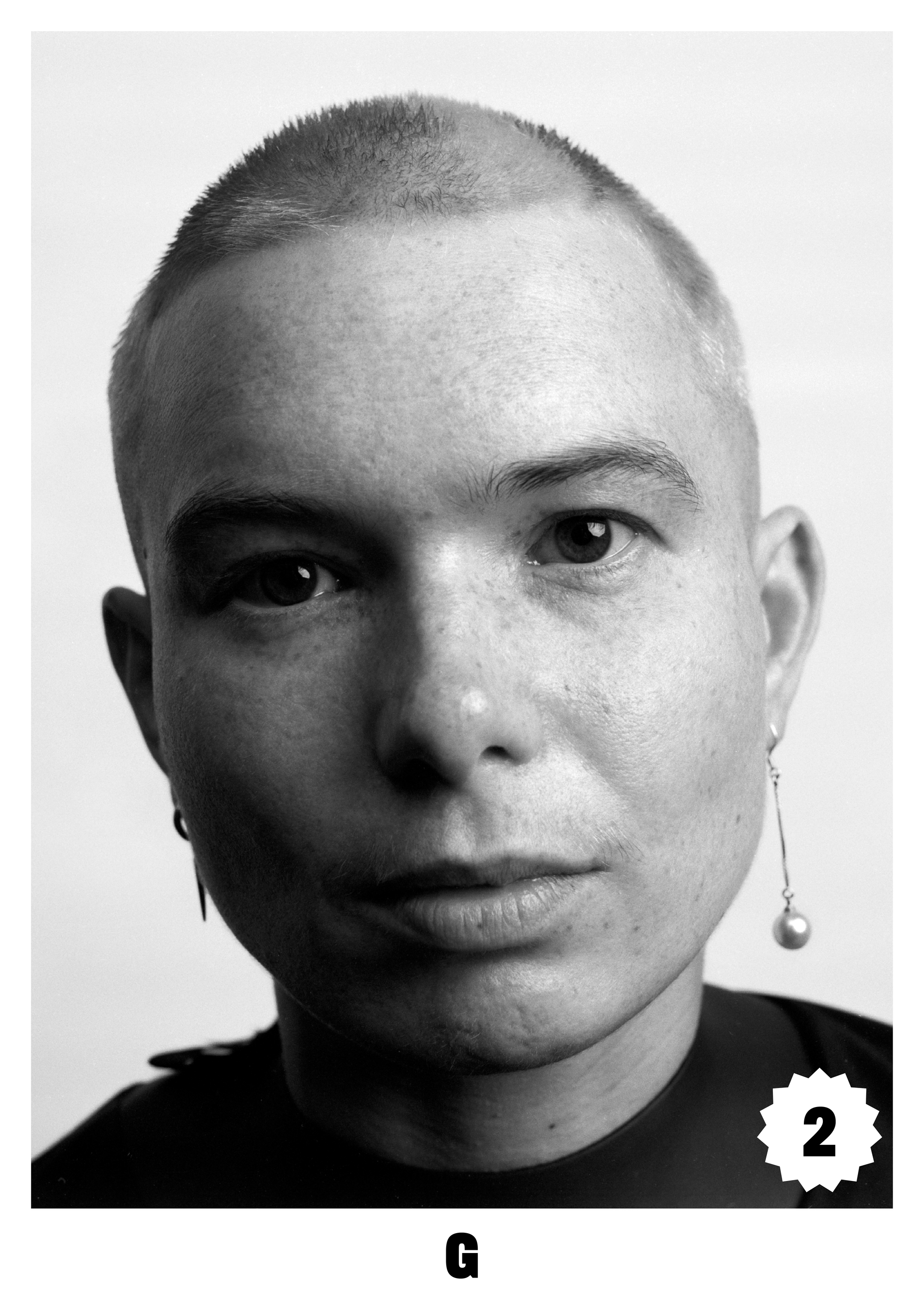
However, unless you have the skills and steady hand to cut your own hair at home, the process of finding that perfect gay or gender-affirming haircut can be something of an obstacle course. In most instances, hair salons and barbers are highly gendered and binary spaces: one is deemed to be for women, the other for men. For people who are non-binary, gender-confirming or in the midst of transition, it can be hard to feel welcome – and that’s not even mentioning the discomfort of being misgendered or asked heteronormative questions about your social or dating life.
Enter: queer-affirming hair salons and barbers. These spaces offer a queer and trans-friendly atmosphere as well as stylists who are adept at working with hair in a variety of ways – eschewing binary ways of thinking and offering a more gender expansive menu. There are a range of shops across the world, from the likes of Hairrari and Mutiny in NYC to Butch Cut and Pukka in Berlin, or Open Barbers and Rooibos in London.
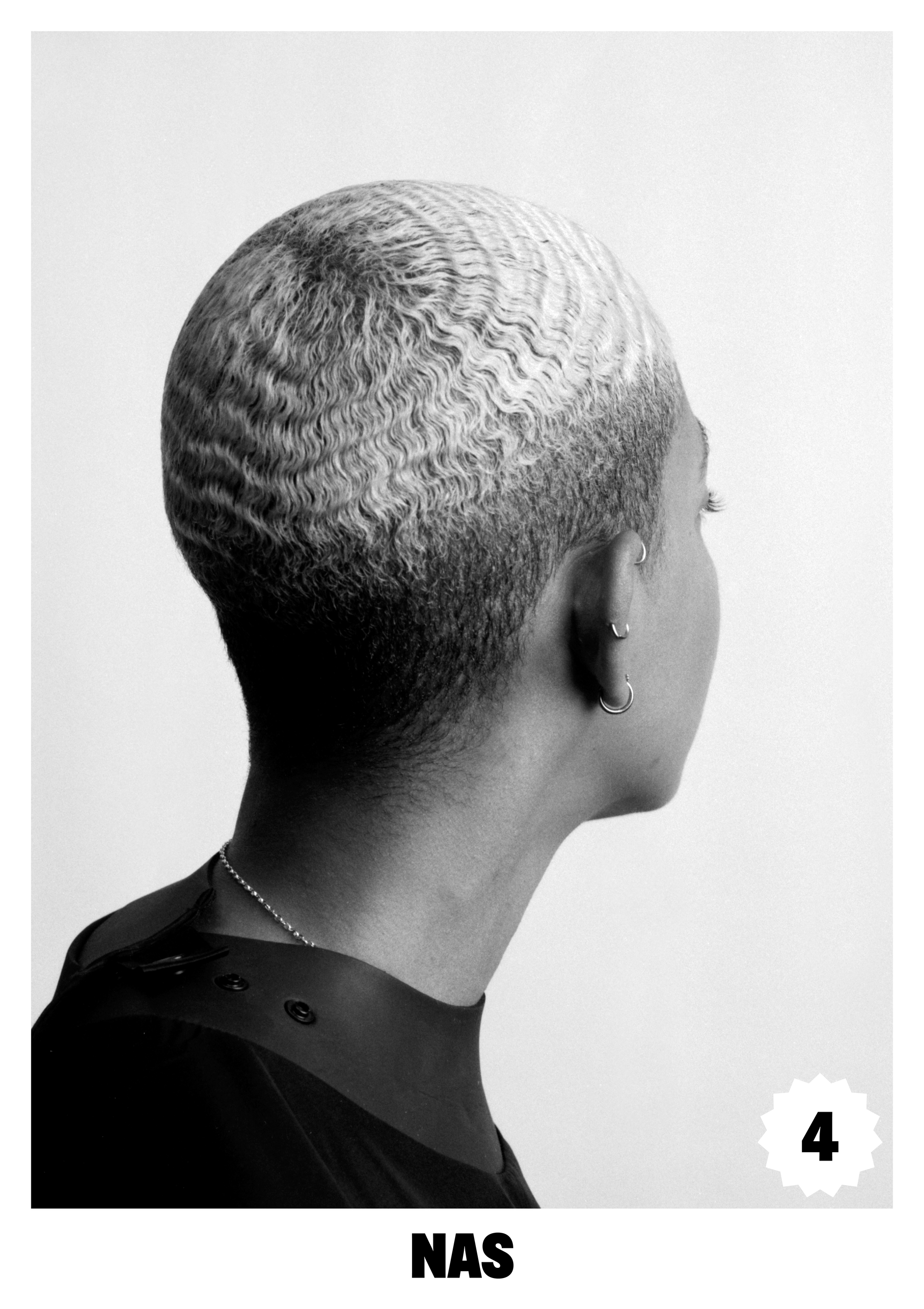
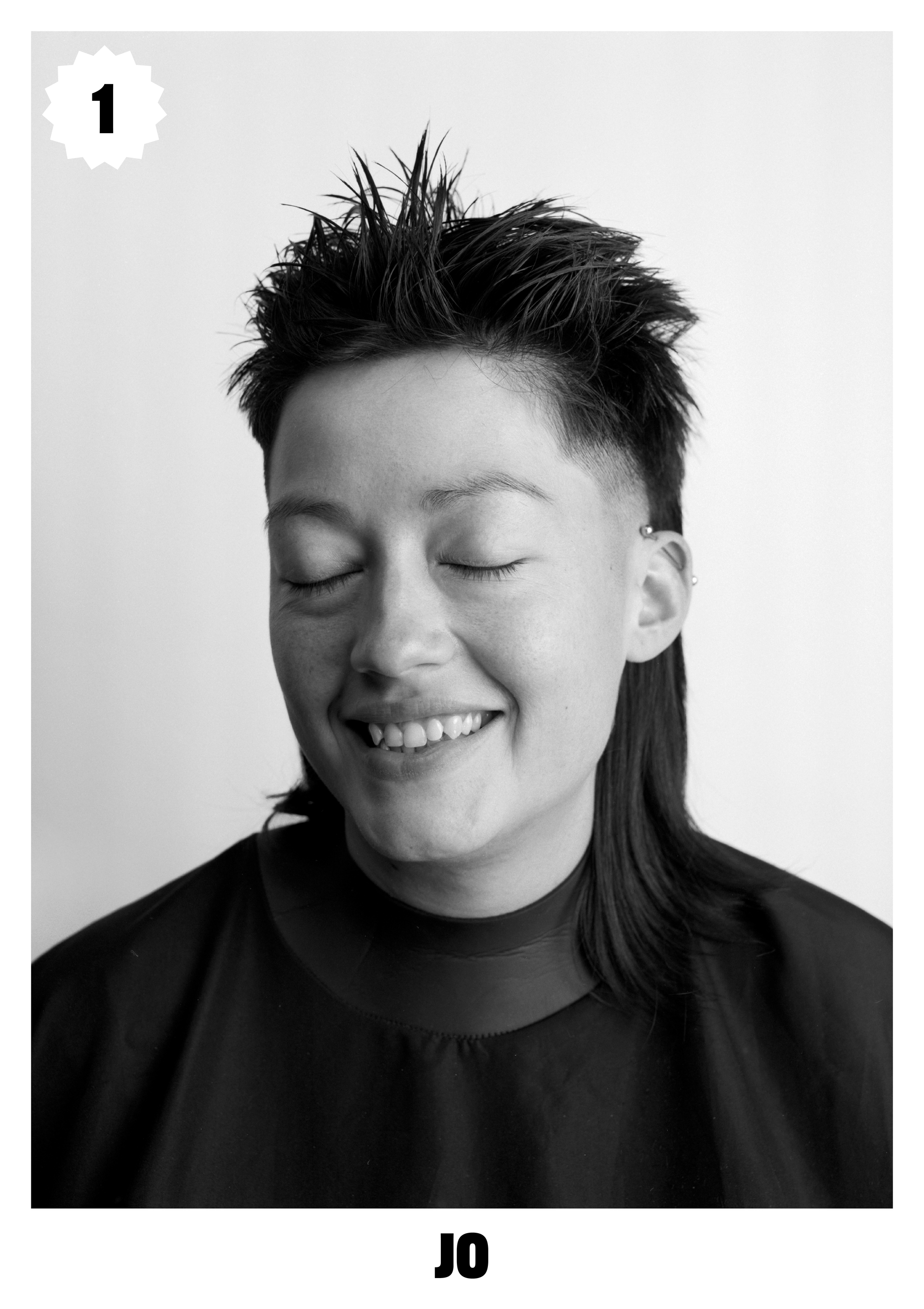
The power of these spaces is at the centre of ‘The Queer Hairstyle Guide’, a new project from non-binary hairdresser (and Rooibos founder) Sam Rubinstein and the photographer Hannah Burton. Depicting Sam’s clients in the intimate, vulnerable moments following the physical transformation of a haircut, the duo have created images which boldly reimagine traditional barber shop imagery with a crucial difference – this time placing queer and gender diverse folks within the frame. Or, as Hannah puts it, imagining a world where “queer people can see themselves reflected back from barber shop windows”.
“If you were to walk down a high street, it wouldn’t take long before you’d notice images of gendered hair styles filling the windows of salons and barbers. This is the universal language throughout that industry,” adds Sam. “This project is a chance to normalise variety within the hair industry. In recreating a familiar poster with styles and choices that are non-gendered, it demonstrates what could happen if these posters were to replace the ones seen and passed each day in those windows.”
But while the oft-used adage “you can’t be what you can’t see” still holds true, the problems within the broader hairdressing industry can’t just be solved by representation. Classic hair education often reinforces traditional gender binaries but Sam encourages hair professionals to take what they’ve learned and stretch it in new, gender diverse ways. “The hair industry could definitely do with more spaces that push for true expression of their clients,” they explain. “Not everything has to be so by the book, learn the basics and then explore further.”
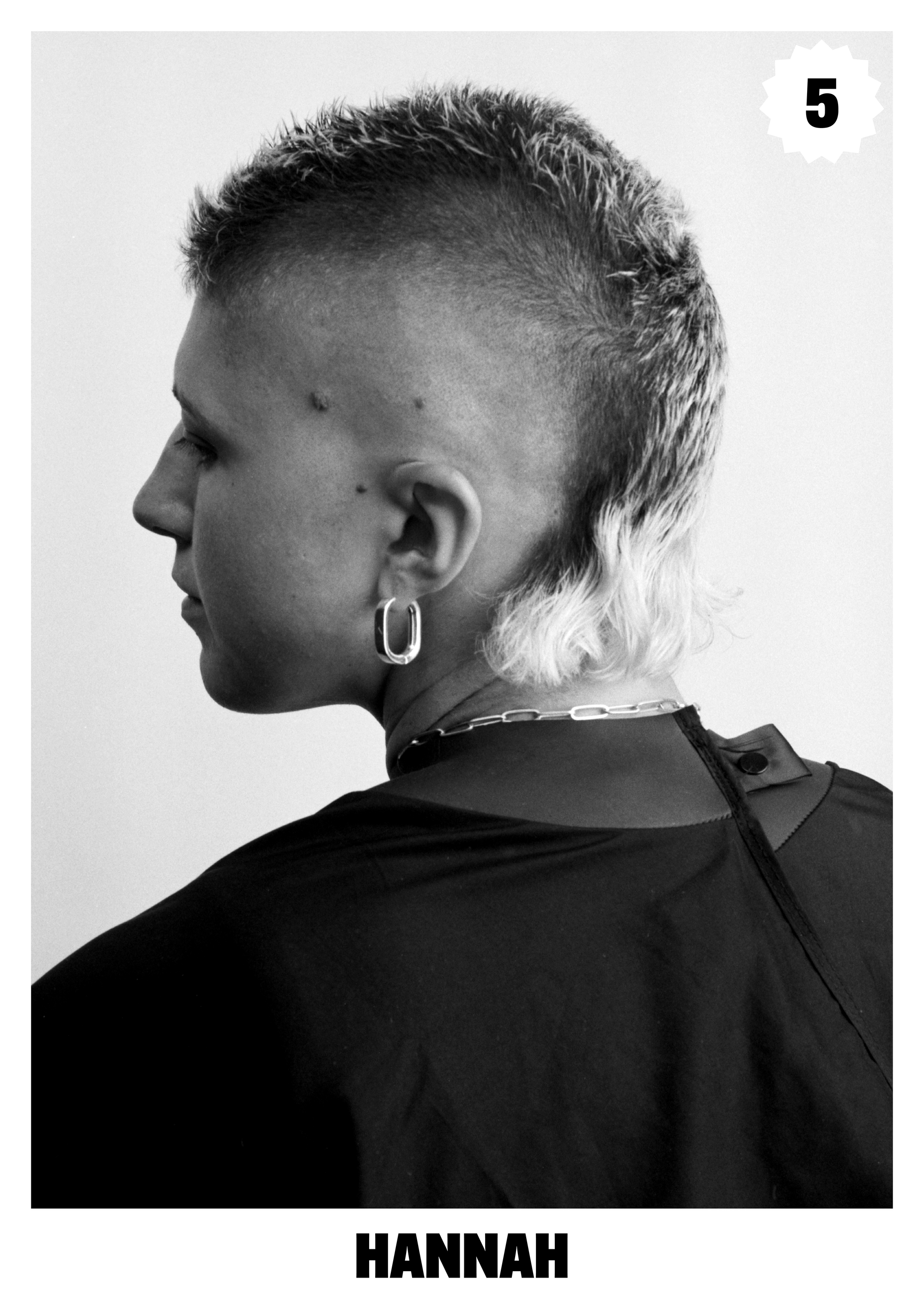
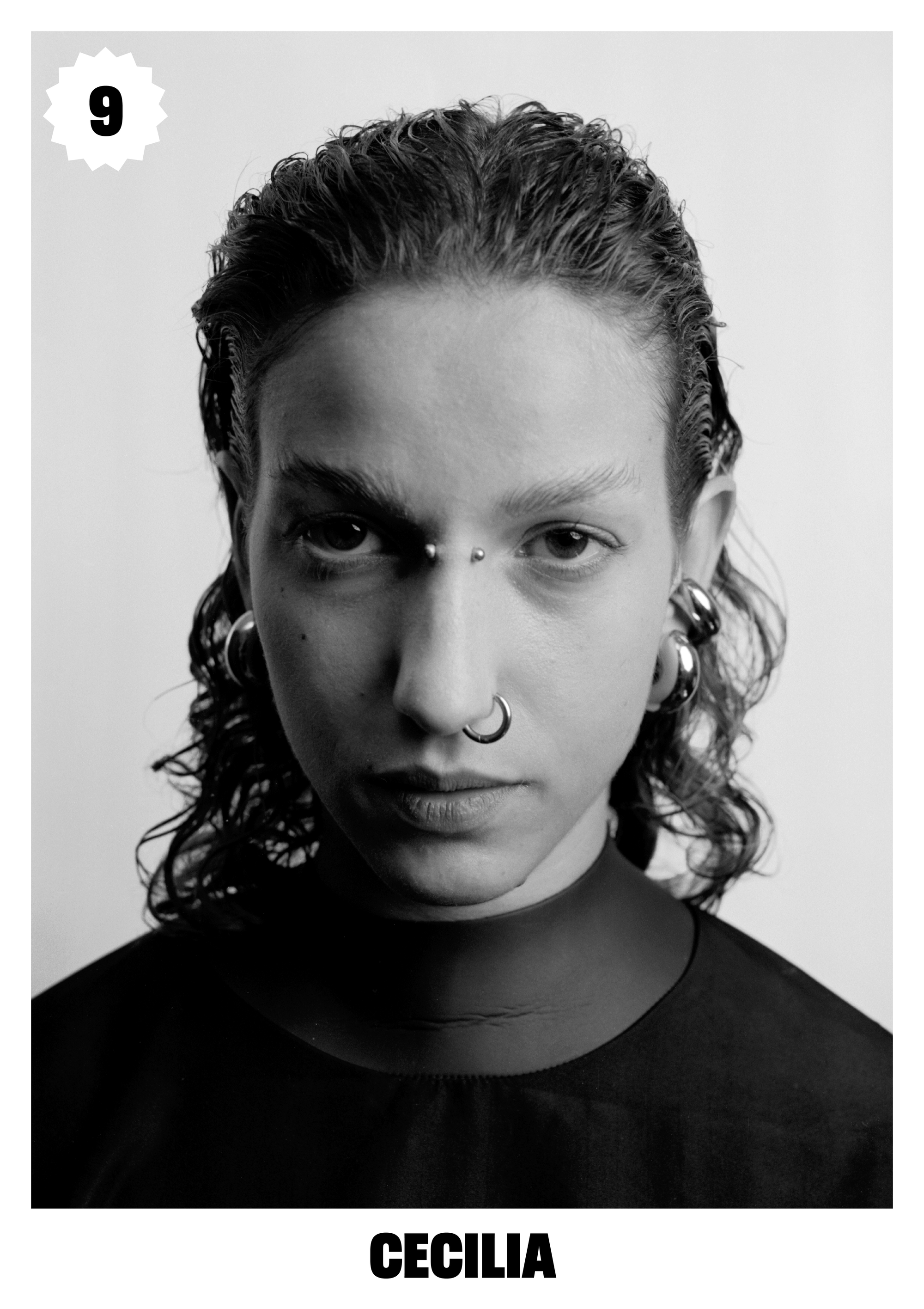
Finally, when it comes to making queer and trans customers’ hair dreams come true, Sam has some simple advice – to work collaboratively with clients and empower them to experiment with their hair. “Most importantly just listen to people’s requests and help them present in whatever way makes them most comfortable,” says Sam.
“Cutting someone’s hair is intimate, trusting and a big responsibility, so treat each client as a collaborative project to make sure you truly give them what they want!”
The Queer Hairstyle Guide was on display from 16 - 23 January, 2025 at the Hackney Gallery. Follow Sam Rubinstein/Rooibos here and Hannah Burton here.
FYI, if you’re interested in finding the perfect queer salon near you, check out the Strands for Trans directory.
